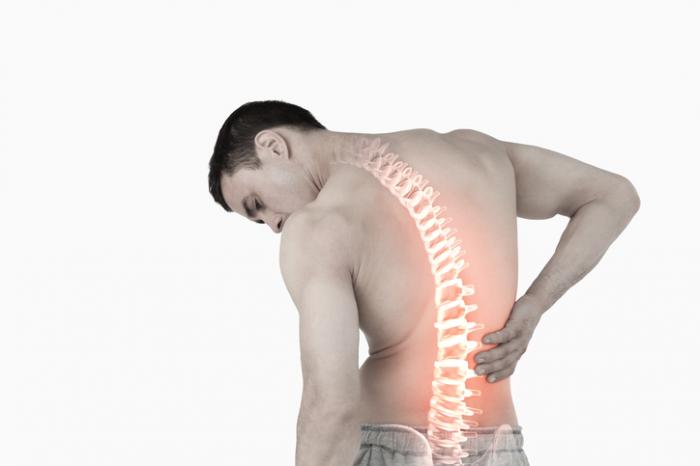Back pain, or low back pain, is one of the most common problems that can be found in adulthood. This term is used to indicate a painful symptomatology affecting the lumbar region with different methods and timing. The World Health Organization (WHO) reports it as the main cause of disability worldwide. It affects at least once in a lifetime about 70-85% of the world's population. The social costs of managing back pain are higher than the total costs incurred for diabetes and cancer and is one of the main causes of absence from work.
85% of low back pain cases are classified as "Non-specific", indicating that the responsible symptom structure was not found. In fact, the nature of back pain is multifactorial. There may be different areas (column, pelvis, hips, etc.) involved in the onset and prolongation of symptoms. The presence and dominance of different factors may be different from one individual to another and will influence the perceived pain to different degrees.
There is no evidence in scientific literature that alignments of a vertebra or pelvis can cause back pain. There is also no evidence that it is possible to realign a vertebra or rebalance the pelvis.

If you are suffering from low back pain and you read you have been diagnosed with a herniated disc, a protrusion, a spondylosis degeneration, it is normal to associate it with your own symptoms. It is not so.
Studies have shown that degeneration of the lumbar spine discs is present in 40% of individuals under 30 and in more than 90% of people aged 50-55. Physician at the Department of Neurosurgery of the University of California strongly discourage the routine use of Magnetic Resonance for back pain. This because they have NOT found a link between the degenerative changes, observed on X-ray or MRI and back pain. Another study showed that in healthy subjects between 20 and 22 years old, 48% had at least one disk degeneration and 25% had a disc protrusion. IN A NUTSHELL: do not panic if your X-ray or MRI imaging shows "problems" at the discal level; they can simply be NORMAL changes that occur after 20 years of age. It is advisable to reserve magnetic resonance only for situations in which the doctor suspects more serious problems.
During the first days of back pain (acute phase) it is normal to avoid any movement that may make the pain worse. Despite this, to make your heling process faster, it is important to stay active and move, reducing fear avoidance and muscles guarding of the injured area.
This is called “catastrophising” and it has been recognised as one of the maintaining factors for chronic pain. Movement and exercises are very important in our life! They are a medication that, if dosed correctly, is able to prevent most of the musculoskeletal problems. It is therefore important to get back to moving and resuming your activities. Furthermore, not moving increase the possibility to develop kinesiophobia (fear of movement), which is another chronic pain maintaining factors.
Diagnosis: your osteopath will take the time to understand you, and your unique combination of symptoms, medical history and lifestyle. This helps to make an accurate diagnosis. Understanding what is causing you pain and discomforts, being aware of what is happening to your body, has been recognised as a crucial element that makes the healing process faster. Manual treatment: your osteopath will use a combination of movement, stretching, targeted deep tissue techniques, manipulation ecc. to improve function, relieve pain and aid recovery. Treatment plan: your osteopath will be keen to explain to you what manual therapy, exercises or lifestyle change you need. Osteopathy frequently work alongside other health professionals, such as GPs, nurses and midwives. Osteopathy also works well to complement other medical interventions including surgery and prescribed medication.